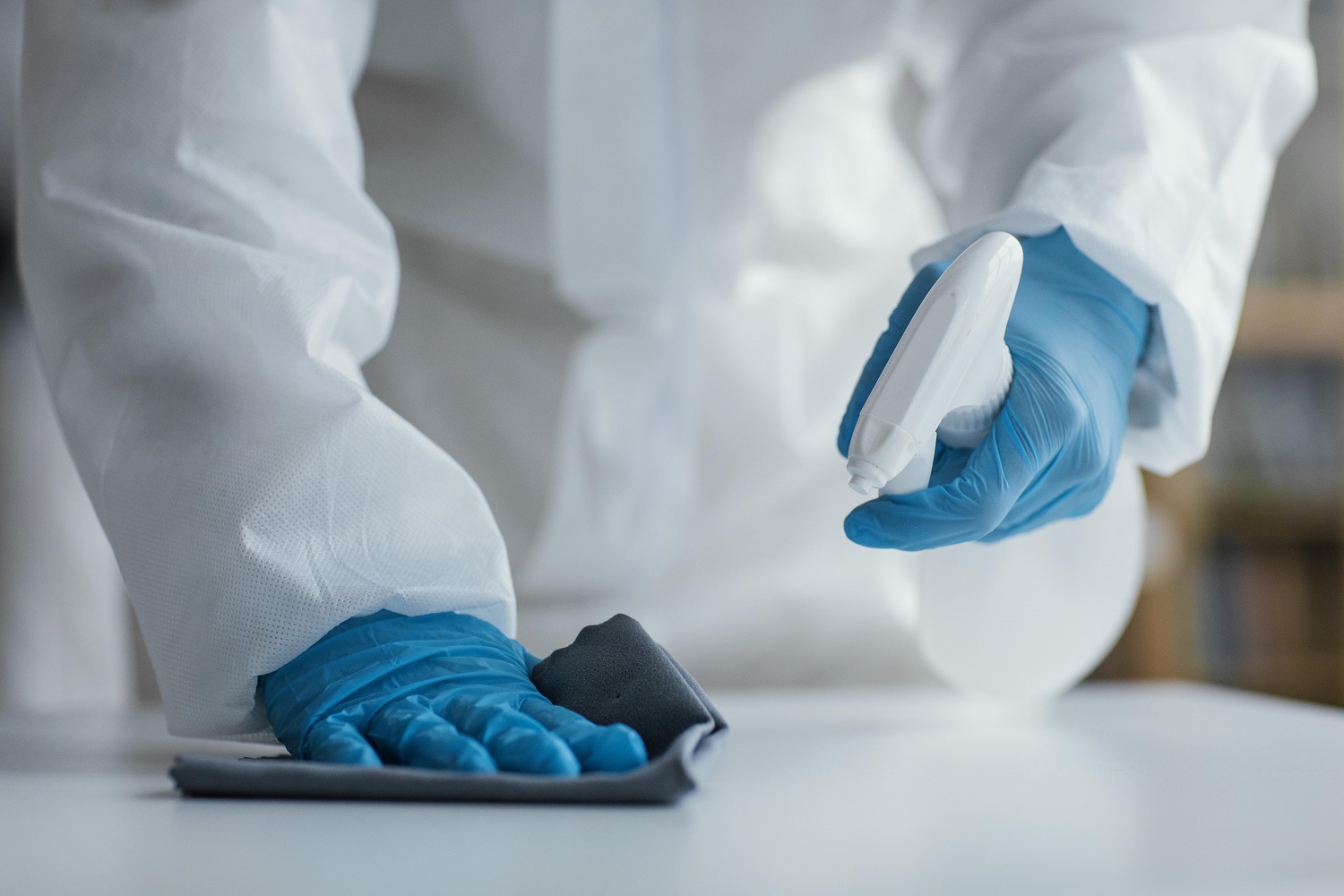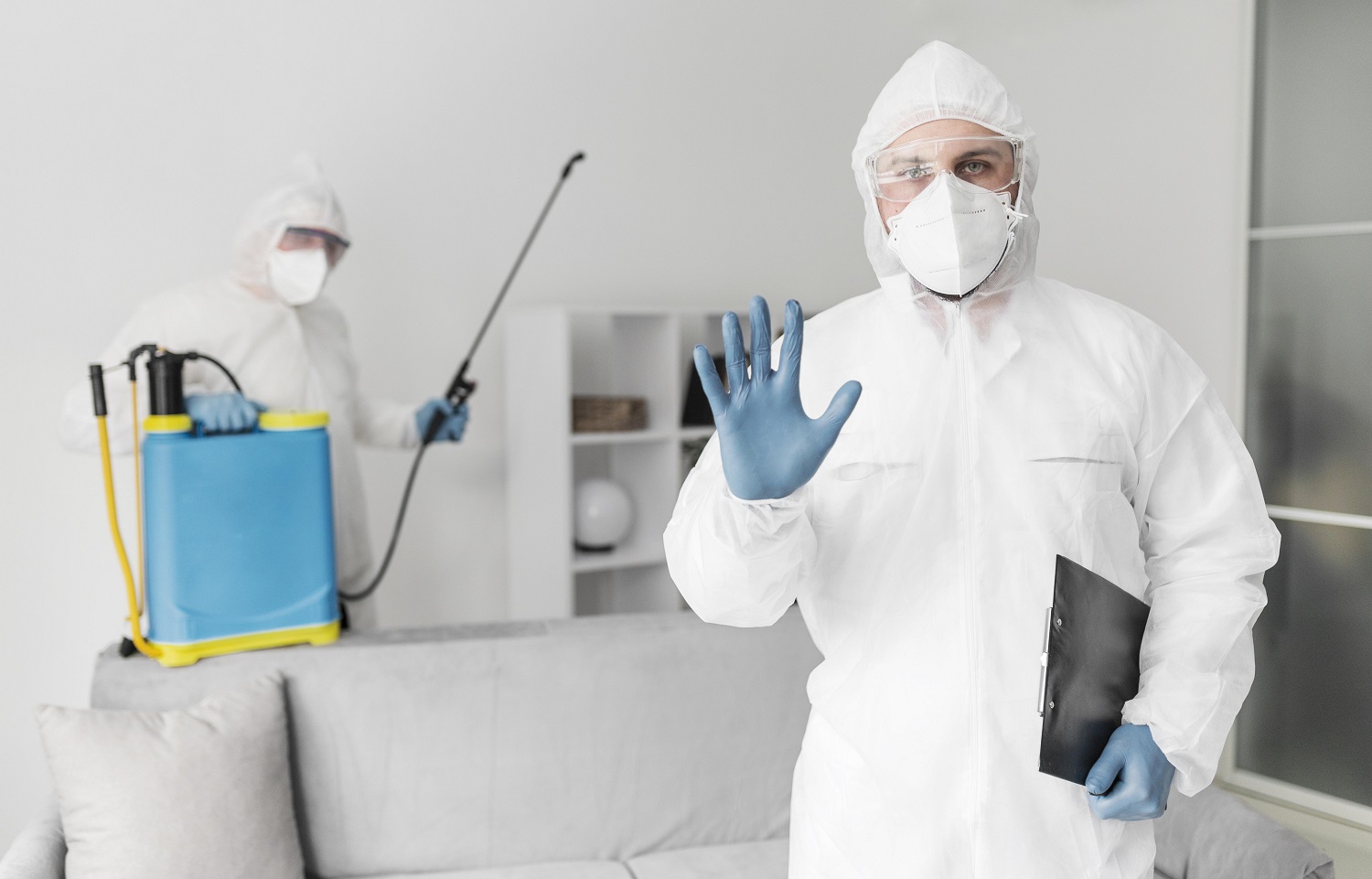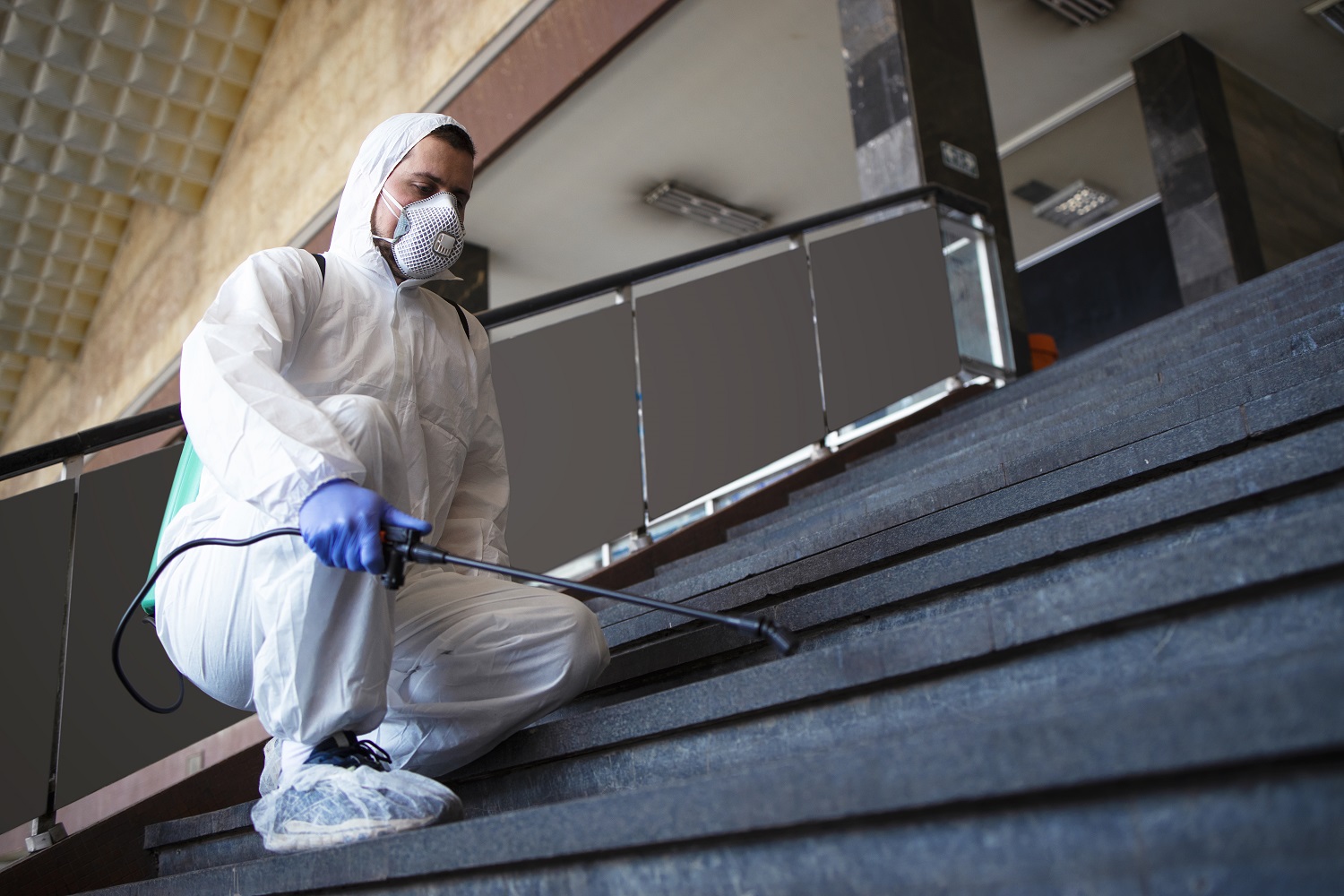
Hospital-Grade Sanitation & Compliance: Ensuring Hygienic, Pest-Free Healthcare Environments
Hospitals are among the most highly regulated environments, where strict sanitation and infection control measures are required to protect patients, staff, and visitors. One of the most critical aspects of hospital hygiene is pest control compliance, as pests can introduce harmful pathogens, compromise sterile environments, and violate healthcare safety regulations.
At Lemontree Healthcare, we provide hospital-grade pest control solutions that not only eliminate infestations but also align with the highest healthcare standards, including OSHA (Occupational Safety and Health Administration), CDC (Centers for Disease Control and Prevention), and The Joint Commission (TJC) requirements. Our comprehensive sanitation and compliance approach ensures that hospitals remain pest-free, hygienic, and fully compliant with regulatory guidelines.
This guide explores how pest control integrates with hospital sanitation protocols, ensuring regulatory compliance, infection prevention, and long-term hygiene management.

1. Why Sanitation & Compliance Are Critical in Hospitals
Hospitals are vulnerable to pest infestations due to their complex layouts, food service areas, waste disposal systems, and continuous human activity. Without proper pest control measures, healthcare facilities face severe consequences, including:
- Infection Risks: Pests carry bacteria and viruses, increasing the risk of nosocomial (hospital-acquired) infections.
- Regulatory Violations: Non-compliance with OSHA, CDC, and Joint Commission standards can lead to fines, accreditation loss, or legal action.
- Patient & Staff Safety Concerns: Pest infestations can cause allergic reactions, respiratory issues, and psychological distress among patients and healthcare workers.
- Financial Losses & Reputation Damage: Non-compliance can result in costly remediation efforts, lawsuits, and loss of patient trust.
To maintain hospital-grade sanitation, pest control must be integrated into infection prevention protocols, ensuring full compliance with healthcare standards.
2. The Role of Pest Control in Infection Prevention
Pests such as rodents, cockroaches, flies, and ants pose significant health risks in hospitals by contaminating:
- Medical Equipment & Instruments – Pests can introduce pathogens onto sterile tools, increasing infection risks during procedures.
- Patient Rooms & Intensive Care Units (ICUs) – Vulnerable patients can develop complications from bacteria and allergens carried by pests.
- Hospital Food Storage & Kitchens – Improper pest control leads to foodborne illnesses and compromised nutrition services.
- Pharmaceutical & Laboratory Storage – Pests can contaminate medications, disrupt laboratory research, and damage sensitive materials.
By implementing hospital-specific pest control measures, Lemontree Healthcare helps reduce infection risks while ensuring a sterile hospital environment.
3. Compliance with OSHA, CDC, and Joint Commission Standards
OSHA (Occupational Safety and Health Administration)
OSHA mandates strict pest control measures to ensure a safe working environment for hospital employees. Hospitals must:
- Follow OSHA’s Bloodborne Pathogens Standard (29 CFR 1910.1030) to prevent disease transmission from pests.
- Maintain workplace hygiene protocols that eliminate conditions favorable for pest infestations.
- Use approved pest control chemicals that do not compromise air quality or human health.
How Lemontree Healthcare Ensures OSHA Compliance:
✔ Integrated Pest Management (IPM) strategies reduce pesticide exposure risks for hospital workers.
✔ Non-toxic, hospital-approved pest treatments ensure OSHA air quality and sanitation compliance.
✔ Routine monitoring and employee training prevent hazardous pest-related incidents.
CDC (Centers for Disease Control and Prevention)
The CDC emphasizes pest control in hospital infection control programs to prevent disease outbreaks caused by pests. Hospitals must:
- Eliminate pest breeding grounds (standing water, waste disposal zones, and food storage areas).
- Implement rapid response plans to prevent the spread of pest-borne diseases.
- Follow CDC sterilization and sanitation guidelines to reduce cross-contamination risks.
How Lemontree Healthcare Aligns with CDC Standards:
✔ Sterile pest control procedures prevent contamination in surgical and critical care units.
✔ Hospital waste management strategies reduce pest attraction and breeding.
✔ Advanced sanitation protocols minimize bacterial transmission risks from pests.
The Joint Commission (TJC) Accreditation
Hospitals must meet TJC accreditation requirements to maintain operational status and funding eligibility. The Joint Commission requires:
- Regular pest control inspections as part of hospital-wide environmental hygiene programs.
- Documentation of pest control measures to ensure compliance with hospital safety regulations.
- Integration of pest prevention into hospital infection control protocols.
How Lemontree Healthcare Supports Joint Commission Compliance:
✔ Comprehensive documentation for hospital inspections and audits.
✔ Routine hospital-wide pest assessments to meet TJC environmental standards.
✔ Non-disruptive, hospital-safe pest control solutions ensuring compliance with healthcare hygiene policies.
By adhering to OSHA, CDC, and Joint Commission regulations, Lemontree Healthcare ensures hospitals remain fully compliant with healthcare safety laws.
4. Hospital-Specific Pest Control Procedures
Routine Pest Inspections & Monitoring
- Conducting scheduled hospital-wide pest inspections to detect and eliminate infestations early.
- Using AI-powered monitoring tools to track pest activity in high-risk hospital zones.
Sanitization & Pest Prevention Measures
- Applying hospital-grade sanitation treatments in patient rooms, ICUs, and surgical units.
- Ensuring hospital waste disposal meets CDC cleanliness requirements to prevent pest attraction.
Non-Toxic, Healthcare-Approved Pest Control Solutions
- Using EPA-registered hospital-safe treatments that comply with OSHA air quality standards.
- Implementing biological pest control methods that reduce chemical exposure in hospital settings.
Pest Control Staff Training & Compliance Documentation
- Training hospital personnel on infection control and pest prevention best practices.
- Maintaining detailed records of pest control procedures for regulatory audits and compliance verification.
By implementing hospital-grade pest control procedures, we ensure sterile, compliant, and pest-free hospital environments.
5. Addressing High-Risk Hospital Areas
Certain hospital departments require enhanced pest control protocols due to higher vulnerability to infestations.
Emergency Rooms & Patient Wards
- Risk: High foot traffic increases pest introduction risks.
- Solution: Frequent sanitation protocols and advanced monitoring systems.
Operating Rooms & ICUs
- Risk: Even minor pest contamination can cause severe infections.
- Solution: Strict sterilization, HEPA air filtration, and exclusion barriers.
Hospital Kitchens & Cafeterias
- Risk: Food attracts cockroaches, flies, and rodents.
- Solution: Stringent food safety pest control protocols.
Lemontree Healthcare provides customized pest prevention strategies for each high-risk hospital area.
6. The Future of Hospital Pest Control & Compliance
Hospitals are evolving towards technology-driven pest control solutions that improve compliance, efficiency, and safety.
Emerging Trends in Healthcare Pest Control
- AI-Powered Pest Detection – Using machine learning and real-time data analytics to prevent infestations.
- Remote Sensing & Smart Traps – Advanced monitoring systems ensure proactive pest prevention.
- Zero-Chemical Pest Control – Implementing biological control methods to eliminate pesticide exposure risks.
By adopting next-generation pest control solutions, hospitals will enhance compliance, safety, and infection prevention.

Protecting Hospitals with Pest-Free, Compliant Solutions
Hospital sanitation and compliance require more than just eliminating pests—they demand long-term prevention, advanced monitoring, and strict regulatory adherence.
✔ Ensuring compliance with OSHA, CDC, and Joint Commission standards.
✔ Minimizing infection risks through hospital-grade pest control solutions.
✔ Protecting hospital accreditation and legal compliance.
Partner with Lemontree Healthcare today for a compliant, pest-free hospital environment!


